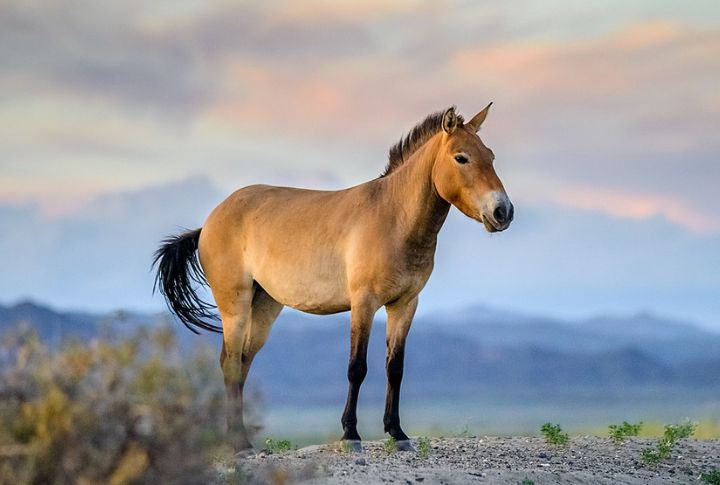
Once thought lost forever, the Przewalski’s horse has returned to the wild with a story stitched together by science and resilience. These ten facts give a glimpse into its unique biology, deep evolutionary roots, and the bold conservation efforts that helped save an entire species from vanishing. Let’s take a closer look.
The Last Remaining Wild Horse Species
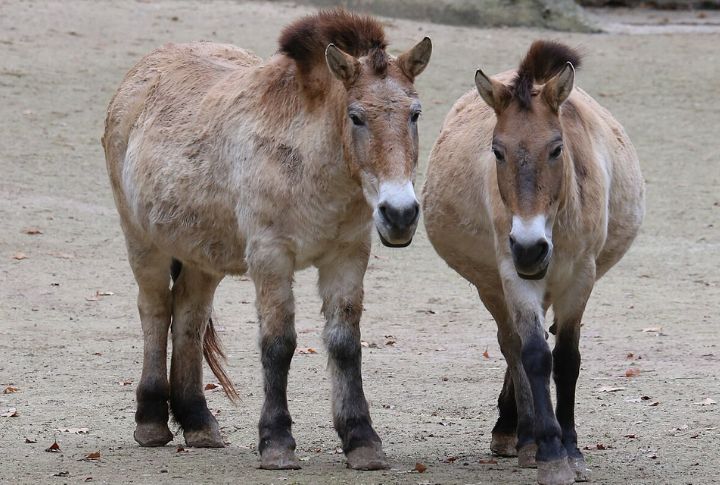
Unlike mustangs or brumbies, Przewalski’s horses were never domesticated. Genetically distinct, they feature stocky builds and upright manes. Scientists classify them as Equus ferus przewalskii, though some debate persists over whether they are a separate species or a variant of domestic horses.
Survived Thanks To Zoos And Captive Breeding Programs
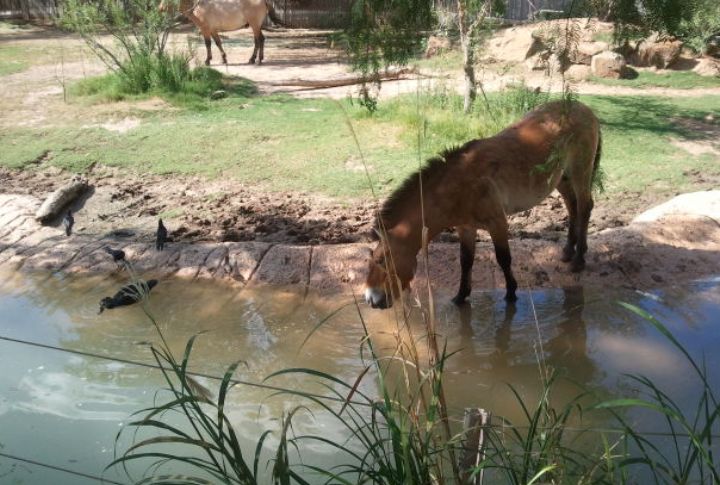
These horses were saved by coordinated zoo breeding, led by Prague and Munich. Through the European Endangered Species Programme, global cooperation and data sharing supported recovery. And along with that, specially designed enclosures mimicking steppe conditions helped maintain the species’ natural instincts.
Every Living Przewalski’s Horse Descends From Just 12 Horses
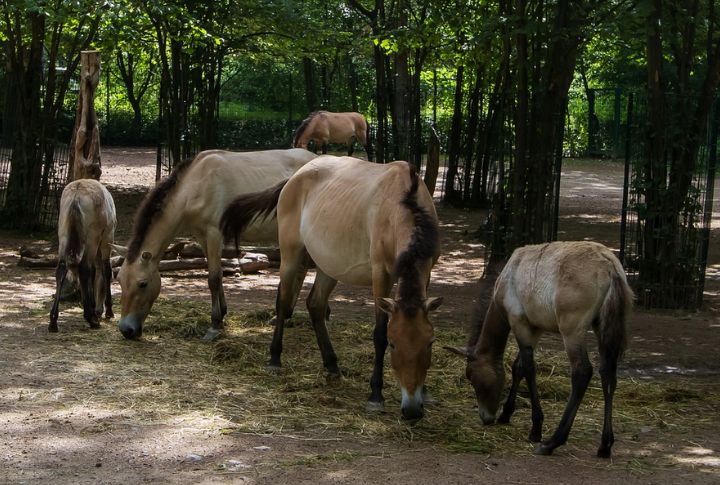
Every Przewalski’s horse alive today descends from just 12 individuals kept in zoos in the early 1900s. This severe genetic bottleneck makes careful breeding essential. So, to protect the species’ future, conservationists use global studbooks to track each lineage and manage genetic diversity.
Reintroduced To The Wild After Nearly 30 Years In Captivity

After nearly three decades in captivity, Przewalski’s horses were reintroduced to the wild in the early 1990s. Carefully phased releases began in fenced reserves to allow gradual acclimation. Today, wild herds thrive in Mongolia and have expanded into other regions like China.
Chernobyl’s Unexpected Conservation Story
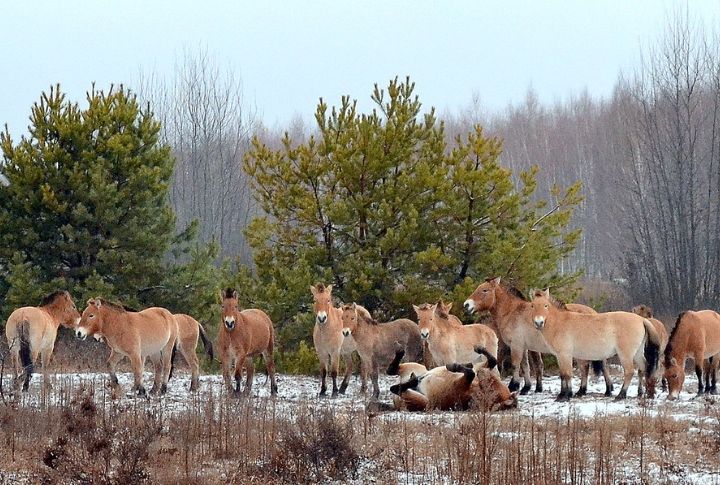
In 1998, Przewalski’s horses were introduced to Ukraine’s Chernobyl Exclusion Zone, where minimal human presence offered an ideal refuge. The population has steadily grown, adapting well to semi-wild conditions and turning the abandoned area into an unlikely but successful model for species rewilding.
Native To The Harsh Steppes Of Mongolia
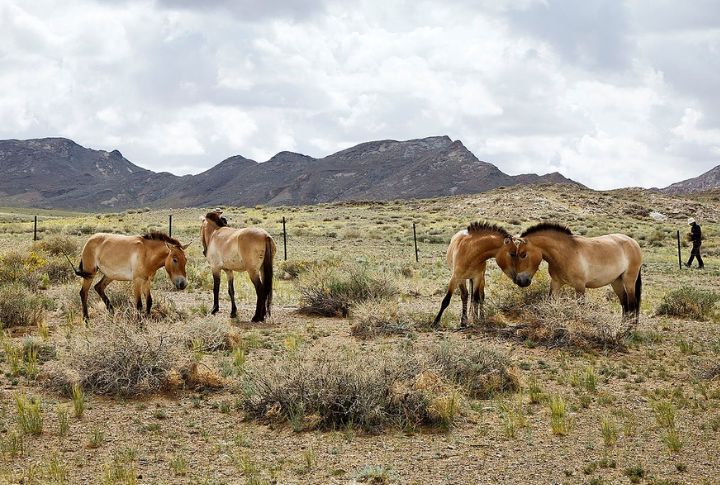
These ancient steppe horses were made for a rugged life. They originally roamed Central Asia’s dry grasslands, where food and water are hard to come by. Now, their strongest populations roam Mongolia’s Hustai National Park, where conservation efforts keep them connected to the lands that shaped their resilience.
Has 66 Chromosomes

Przewalski’s horses have 66 chromosomes, while your average horse has 64. This chromosomal distinction is one of the clearest markers of their wild ancestry. Though hybrids can occur, they’re often sterile, underscoring the species’ evolutionary divergence over millennia.
Named After A Russian Explorer Who Never Saw One Alive
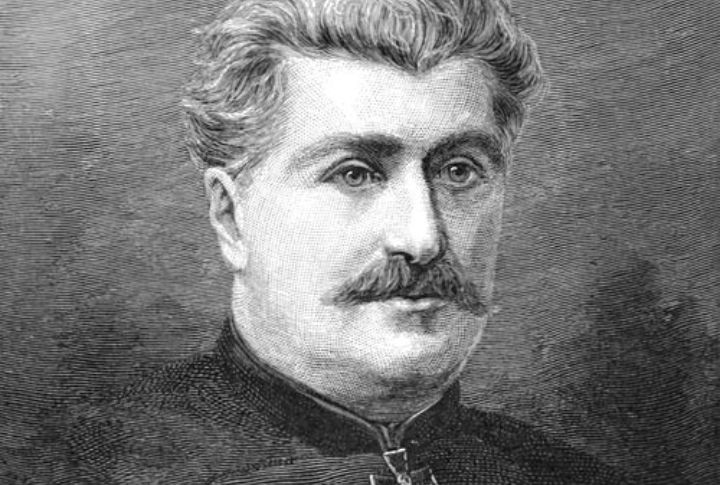
The horse gets its name from Russian explorer Nikolai Przhevalsky, who, interestingly, never saw one alive. He collected a skull and skin through local Mongolian accounts and sent them to the Russian Academy of Sciences. Those remains helped identify the species and led to its formal naming.
Can Withstand Extreme Cold And Harsh Climates
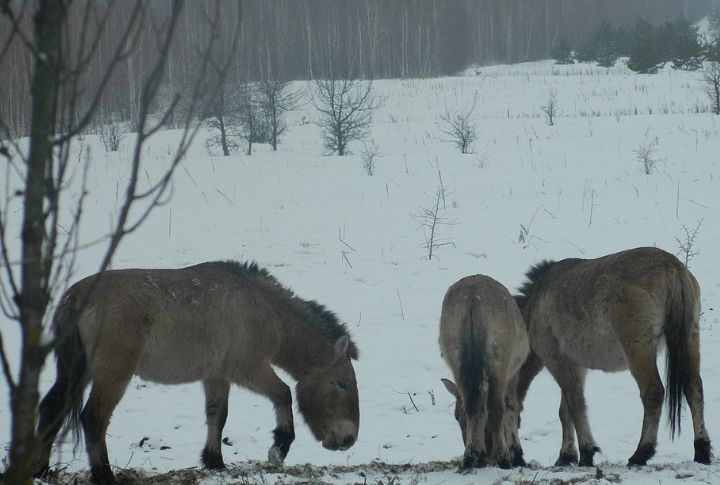
Adapted for survival in unforgiving climates, Przewalski’s horses grow dense winter coats that shield against sub-zero winds. Their efficient digestion lets them subsist on tough grasses, and they skillfully uncover buried forage during snowfall–traits critical for life on exposed steppe terrain.
Lives In Tight-Knit Social Bands Led By A Dominant Stallion

Young males in Przewalski’s horse herds don’t get to stick around for long. Once they’re old enough, they’re pushed out to join bachelor groups, where they’ll stay until they’re ready to challenge for leadership. Each family band is guarded by a dominant stallion who leads, defends, and keeps the group together.

